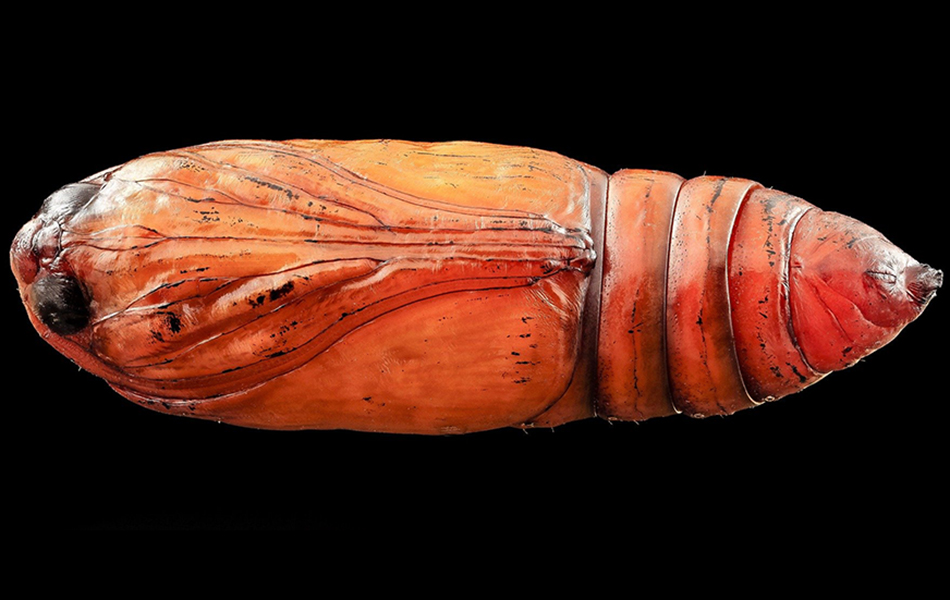There's probably a reason there isn't a collection jar for spiderlings at your local coffee shop. And a Living Language: Science and Society final project may have nailed why.
Fourth year Land and Food Systems student Mira Macnair, studying for a degree in Applied Animal Biology, had taken a course looking at stress and coping in animals, which was almost entirely focused on vertebrates. Discussing the lack of research, and protections, for invertebrates in research, Macnair and her group members Linguistics student Jesse Hawker, and Linguistics and First Nations and Endangered Languages student Laura Griffin, decided to examine how language about stress response was used in academic papers, including whether the language placed human researchers at more of a distance from invertebrate subjects than vertebrate.
People don't like bugs, but they like puppies.
A review of 64 papers - 16 human, 16 vertebrate, and 32 invertebrate, found that while the term 'stress', a somewhat universal state, was used at a similar rate for all papers, invertebrate papers were more likely to use scientific names than common names - Tachypodoiulus niger/T. niger rather than millipede, for example - at 25.4% versus 49.1%. In comparison, vertebrate papers used the common name 87% of the time, compared with the scientific name at 4.3%. In addition, the term 'pest' was only used in the invertebrate papers, despite vertebrate papers on invasive species.

With a grandfather and father who worked with the Kwakwaka'wakw to preserve stories and oral histories, and an interest in language development, Macnair took the Living Language course. One of her favourite parts was the project.
I learned a lot, [my group mates] learned a lot of science. You don't get that same experience in a physics class, a biology class, etc.
She enjoyed learning about language acquisition and bilingualism in class, and then seeing this research first-hand at her work with the UBC daycare, where she says more of the children are bilingual than aren't.
As for the course, Macnair would recommend it as an interdisciplinary elective for people outside Linguistics, for whom the material could be a little repetitive. But not for Macnair, who learned a lot of new information not covered in her degree, "because obviously cows don't speak English."
"I really liked how we were encouraged to bring our backgrounds with us...rather than focusing in on one specific subject."
To learn more, visit languagesciences.ubc.ca/course or email living.language@ubc.ca
Read more in Pupa versus puppies: how language can be used to manipulate and other lessons from the Living Language course
Image credit: 272447, Pixabay
